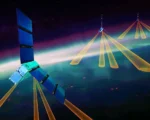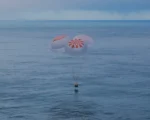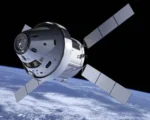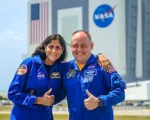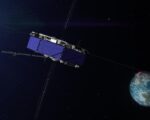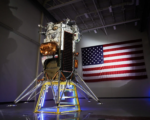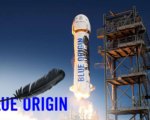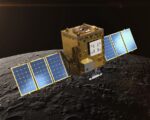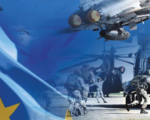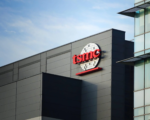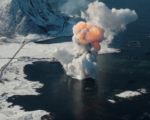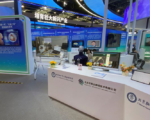NASA announced on Thursday that it is working with Boeing to test and certify the CST-100 Starliner for its next crewed mission, which could take place as early as late 2025 or early 2026. The update comes after the spacecraft’s troubled debut crewed flight to the International Space Station (ISS), which was significantly extended due to a propulsion system malfunction.
The mission, originally planned as an eight-day trip, ended up keeping astronauts Butch Wilmore and Suni Williams in orbit for over nine months. They returned earlier this month aboard a SpaceX Dragon capsule.
Testing and Analysis Underway
NASA and Boeing are now planning a series of propulsion system tests and engineering analyses scheduled to run through the spring and summer. The goal is to resolve the issues that plagued Starliner’s propulsion system and ensure the spacecraft meets safety requirements for future flights.
Steve Stich, manager of NASA’s Commercial Crew Program, said the timeline for the next flight “is likely to be in the timeframe of late this calendar year or early next year.”
Cost and Development Hurdles
Boeing’s Starliner project has been fraught with delays and technical issues since its inception. The effort has cost Boeing over $2 billion to date, placing it under increased scrutiny, especially in contrast to competitor SpaceX, whose Dragon capsule has become the preferred vehicle for crew transport to the ISS.
The faulty propulsion system on Starliner has become a critical focal point for NASA’s certification process, as the agency continues to rely on multiple commercial providers for its low-Earth orbit missions.
What’s Next
NASA emphasized that it will not proceed with another Starliner crewed launch until the spacecraft passes all necessary tests. Both agencies remain committed to restoring confidence in the system, aiming to bring Starliner into regular rotation for ISS crew missions.



